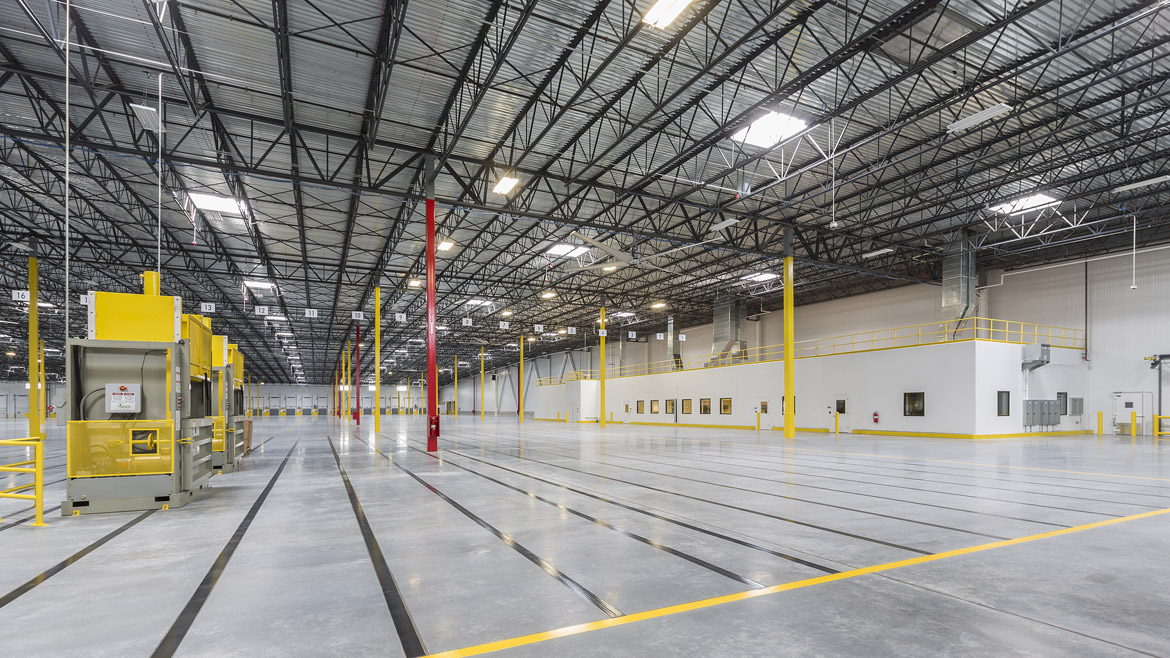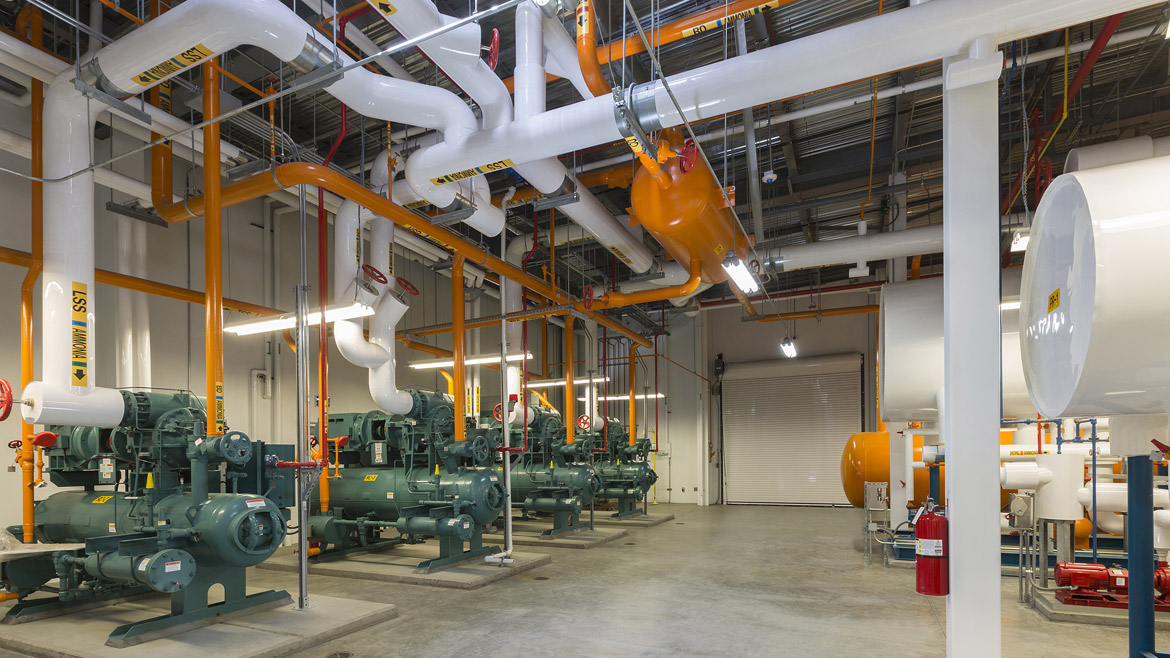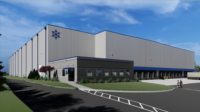A convergence of events has disrupted the construction industry. Leaders of firms are responsible for decisions made today and in the future that impact their capital projects and these decisions are being made in an increasingly volatile, uncertain, complex and ambiguous (VUCA) world.
Based on the leadership theories of authors Warren Bennis and Burt Nanus, the term VUCA was first used in 1987. Later, the term was embraced by the U.S. Army War College to describe the military challenges in a post-Soviet era. Military leaders no longer had a single enemy on which to focus but faced a multitude of threats that required new ways of thinking, seeing and reacting.
VUCA describes the situation of constant, unpredictable change that is indicative of today’s construction environment. Rising material costs, supply chain interruptions, labor shortages, and political, economic and regulatory uncertainty are just a few of the factors impacting capital construction projects. While these factors can complicate decision-making in constructing cold storage warehouse facilities, embracing collaborative, creative communication and a flexible approach will reduce risk and result in predictable project outcomes.

A Collaborative Approach to Project Delivery
Capital projects like cold storage warehouses and food and beverage projects are inherently complex, being time-consuming and expensive to design and build. If building teams implement early planning to identify big-picture issues — and give careful attention to logistics, regulatory mandates, structural requirements and various equipment arrangements — developers can be profitable despite VUCA challenges in a market that currently is underserved.
Typical, standard or traditional approaches to capital project management can be challenging on these projects in a VUCA world. One of the most effective project delivery methods for project success is early contractor involvement (ECI), which brings contractors into the process before the design phase is complete.
While there are costs associated with bringing contractors on early in project planning (typically about1% to 3% of the total project cost)they can be mitigated by the fact that getting involved early informs the contractor’s strategy, resulting in more accurate pricing and predictable project outcomes. Additionally, subcontractors don’t need to cushion their prices like they would with traditional bid models.
Proven outcomes for ECI include faster permitting, fewer change orders and better regulatory compliance. Timeliness of completion is improved because the construction process is streamlined and shortened–even though the tendering period may be longer than projects completed with the design-bid-build delivery method.
Techniques to Manage Risk
Achieving competitive pricing despite uncertainty on cold storage warehouse projects is possible by maintaining transparency throughout the ECI process, with success being supported by careful management and proper sequencing. For example, experienced ECI contractors will require agreement among parties before moving to the procurement stage and have separate value engineering efforts to keep design alternatives focused.
Creating a strong risk mitigation plan helps navigate uncertainty. The project team can use risk registers to identify areas of risk, determine the odds of impact, and develop proactive mitigation strategies to limit or eliminate the effect on project outcome.
Risk registers communicate risk to all project partners early, giving teams the opportunity to address risk through all phases of a cold storage project. Thoughtful development and consistent review and updating of the project risk register will reveal challenges and threats, opportunities for improvement and areas that may require additional planning to respond to uncertainty. Following this process can give the project team and investors comfort that they are recognizing areas of uncertainty and have a plan to bring predictable outcomes to a project despite working in an uncertain environment.
Risks in labor — an uncertainty that can cause significant cost, schedule and safety implications — can be managed by working with an experienced contractor in the early planning phases to optimize field productivity. ECI takes labor into account during preconstruction and can design projects in a way that needs a minimal labor force to reduce unexpected challenges and costs.
Another way to control labor uncertainty is to use advanced work packaging, a set of “packages” that guide construction sequencing in a way that makes the most efficient use of time and labor, working with available workforce in the region.
Additionally, as construction progresses, owners tend to retain greater control with ECI compared to other delivery methods as decisions made upfront tend to stick and require fewer alterations despite construction occurring in a VUCA environment.

Harness Expertise from the Entire Team
Putting the team together early and truly weighing input from all team members achieves an active, instead of reactive, approach to a cold storage project.
ECI brings all project stakeholders to the table at the design concept or schematic phase. This project delivery method taps into the expertise of all involved parties, who contribute unique perspectives, ideas, approaches and solutions to constructability. More knowledge is gained and solutions are discovered by bringing all parties to the decision-making table.
An ECI arrangement should focus on execution, not merely contractual arrangements, to establish accountability for everyone on the team and maintain a high-quality construction process. Project teams need to shift from a mindset of looking at problems and solutions, instead focusing on learning from project stakeholders and determining accommodations when faced with a challenge.
Through working with an experienced ECI contractor during preconstruction, owners can achieve early commitment for procurement of critical materials, as well as work with designers to ensure materials ordered will match the requirements of the completed cold storage project design. A general contractor that has existing relationships with vendors, subcontractors and suppliers may be able to secure holds based on a letter of intent–despite hold times for prices or shop availability being much shorter than they have been in the past.
While the team’s focus may be on the procurement of critical path materials such as steel, joists and deck, lumber, roofing and PVC pipe, it is important to manage the procurement and delivery of all other manufactured materials, such as insulation, paint, scaffolding and specialty tooling. Early manufacturing of select components, designing or redesigning mechanical systems to use standard shapes and sizes, and switching to on- or off-site assembly can offer solutions as well and provide more supply chain certainty. If there’s a delivery delay for materials, the project team needs to react quickly. By communicating the delay with the experienced ECI contractor, alternative decisions can be made to keep the cold storage project on schedule and slow the flow of spending to respond. Transparency is key to addressing challenges and maintaining success in a VUCA environment.
Running scenarios and choosing supply alternatives also may be required to keep a project budget on track in a VUCA world. While it would be impractical to select entirely different critical path materials for a given job, it is a good idea to compare materials costs to installation methods. Open communication with all team members will help identify alternatives.
Contractor relationships with vendors can bring transparency and reality to what the team should expect with material procurement as well. If a challenge in material procurement arises, vendors can offer alternates by looking at the bigger picture. Though alternates may have a higher upfront cost, they may save money over their lifecycles by being more efficient to the future warehouse operator.
Planning ahead and addressing the availability of these materials–and considering substitutions when necessary–can make a significant difference in the project schedule and lead to project success in a VUCA construction environment.
Get the Team on Board
Owners and project teams can use several strategies to mitigate barriers to collaboration. Working with the right contractor can ensure adequate technical support and proper responsibility allocation. Training and open conversations can help ease concerns among team members who are suspicious of change, lack respect for other participants or don’t understand the overall benefits of the process. In addition to formal training, informal sessions and individual conversations can help earn trust among team members.
When done properly, ECI can reduce friction among project stakeholders and harness collaborative attitudes, fostering positive relationships early and leading to a successful construction process. Embracing collaborative, creative communication and a flexible approach to construction with the help of an experienced contractor partner will reduce project risks and result in predictable project outcomes for cold storage warehouses despite a VUCA environment.



